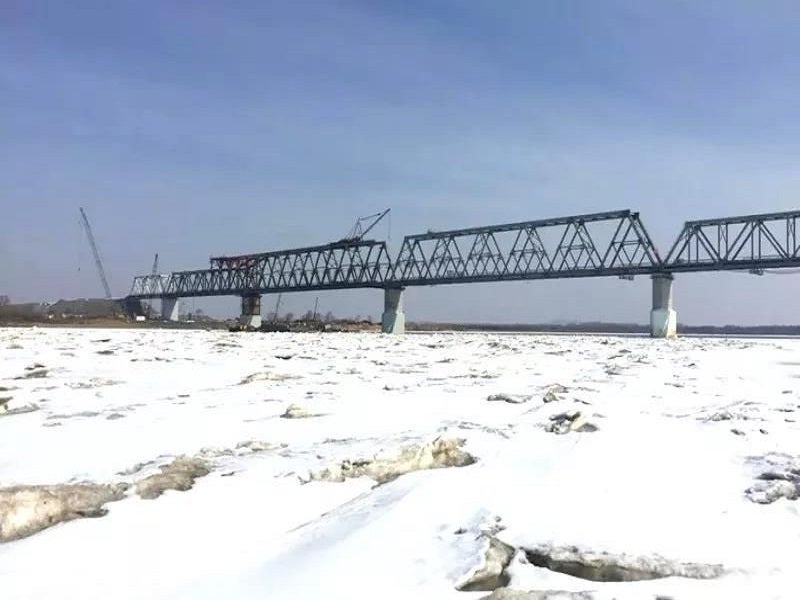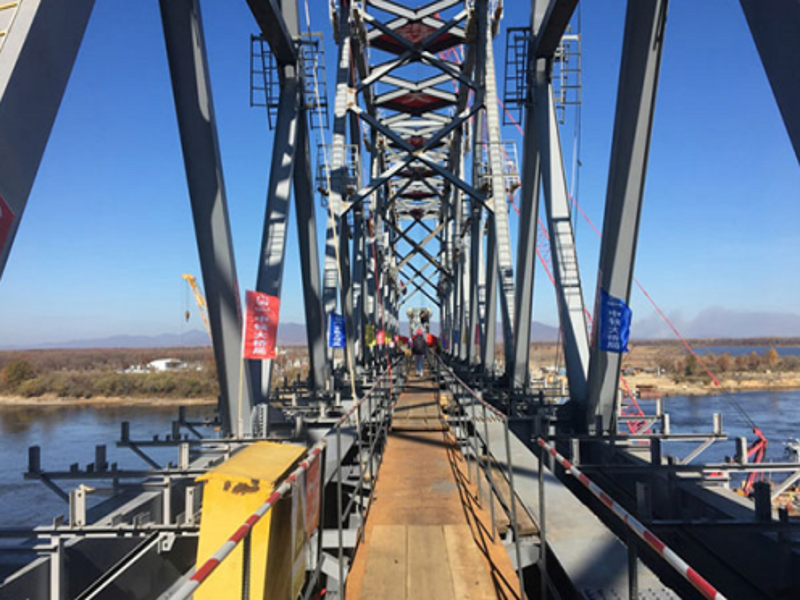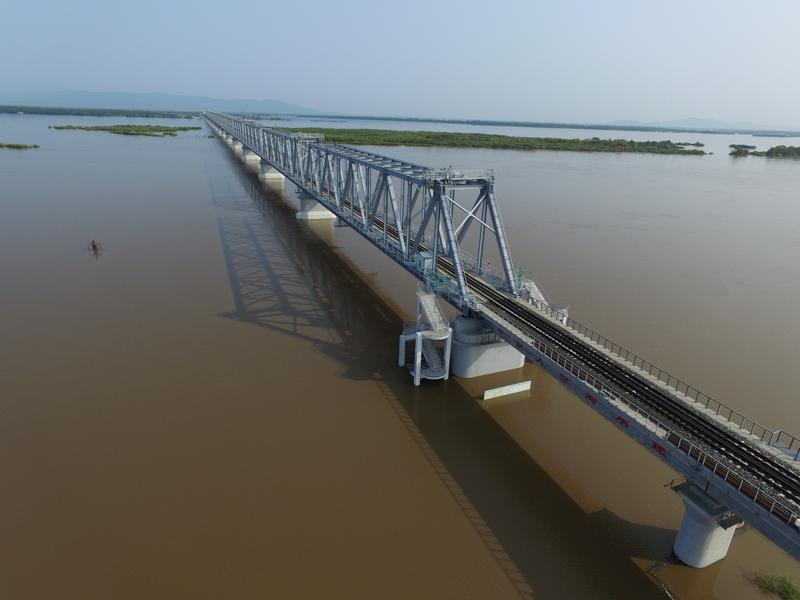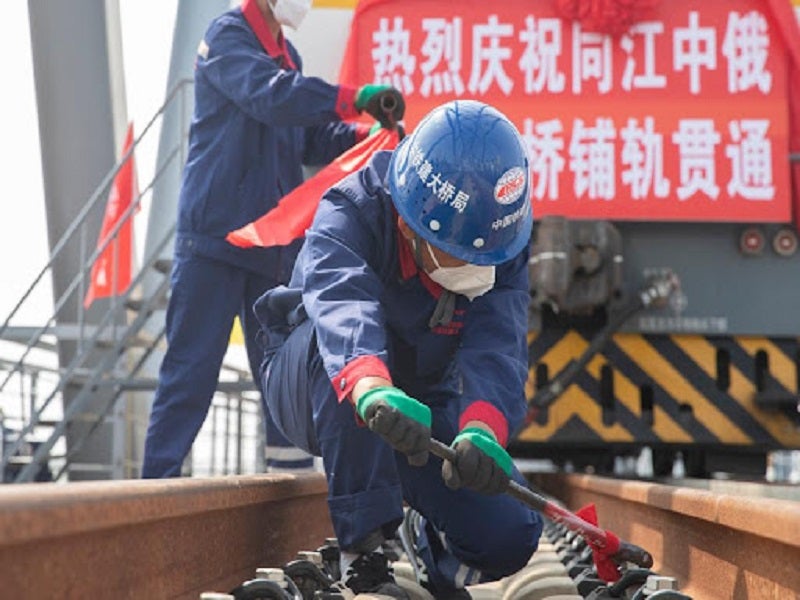The Tongjiang-Nizhneleninskoye railway bridge is the first cross-river railway bridge between China and Russia. It is located across the Heilongjiang River, which is known as the Amur River in Russia.
Also known as the Amur railway bridge, it will connect the Tongjiang city in the north-eastern Heilongjiang province of China and Nizhneleninskoye in the eastern Jewish Autonomous Oblast of Russia.
The project is an important part of the Chinese Government’s Belt and Road Initiative, which aims to connect Eurasia through infrastructure projects.
The construction of the cross-border rail bridge was started in February 2014 and completed in August 2021. The bridge is anticipated to be operational by the end of 2021.
Tongjiang-Nizhneleninskoye railway bridge project details
The main Tongjiang-Nizhneleninskoye cross-river railway bridge has a length of 2.21km, of which the Chinese section is 1.8km long, while the remaining section is in Russia. The bridge has a designed throughput capacity of 21 million tonnes (Mt) a year and allows for a maximum speed of 100km/h.
The project aims to link China’s north-eastern railway network with Russia’s Siberian railway network. It is expected to enable the development of an international corridor.
Furthermore, it involves the construction of 5km of rail tracks and two railway stations to link the railway networks of the two countries.
Construction details
The workers encountered challenging weather conditions during the bridge’s construction. The temperatures in the area drop to as low as -40°C.
A 10,000m² greenhouse was constructed at the project site to mitigate the impact of the harsh winter cold. It was installed with boilers to maintain the temperature at around 15°C. The greenhouse was also used to mix concrete using warm water from the boilers.
The bridge was connected from both sides in March 2019. Track-laying work was completed in August 2021.
Communication and signalling systems on the Russian side of the bridge are being installed currently.
Benefits of Tongjiang-Nizhneleninskoye railway bridge
The new Tongjiang-Nizhneleninskoye cross-river railway bridge is expected to strengthen the trade ties between China and Russia while also boosting the trade in north-east Asia.
The bridge is envisioned to be an important transportation corridor between the two countries and provide Russia with enhanced access to Central Europe and Central Asia. It will provide a new transportation link for the free flow of goods between the two countries.
It will reduce the distance by train from Heilongjiang to Moscow via Tongjiang by approximately 809km, reducing the travel time by more than ten hours for a one-way trip, upon opening.
The bridge is expected to ease pressure on the Manzhouli and Suifenhe land ports on China’s border with Russia. It will increase the shipping capacity between China and Russia by serving as an alternative to river shipping, which is disrupted by seasonal weather conditions.
Contractors involved
China Railway Major Bridge Engineering Group (MBEC) was responsible for the construction of the bridge on the Chinese side, while SK Most Group was contracted to build the Russian portion of the bridge. China Railway Harbin Group is also involved in the project.
US-based multi-national engineering company AECOM was selected as the technical consultant for the Russian section of the bridge. The contractual scope included the analysis of design, construction, and operational risks. The company is also responsible to supervise the construction works.










